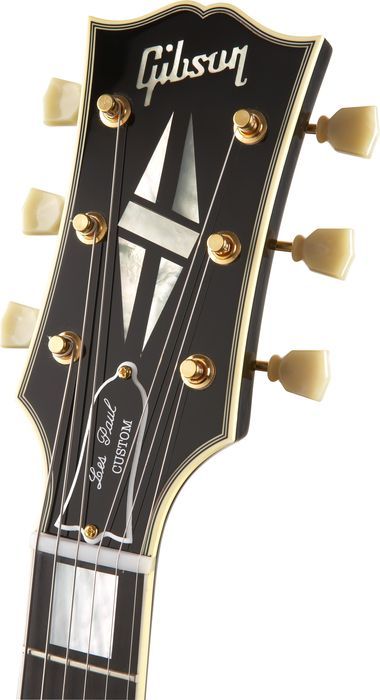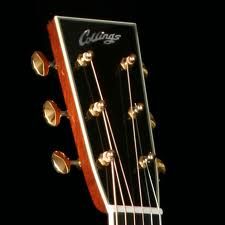Chuck Moore does this transition the neatest that ive seen.
I bind my FB and headstocks and the bindings have a BWB purfling on the bottom and to miter and match up those are the most difficult thing.
ive done it a few different ways,
1- Glue fingerboard on first then bind the headstock, cutting by hand the transition and mitering it all in.
Another way is:
2- make/bind headstock with the binding in the transition glued in long. then cut the purfling at a right angle to the neck and position and butt up the fingerboard to it- however doing this you have to cut back the FB bwb's as well as mitering them perfectly.
A more expensive in materials option
3- use BWB veneers under the headstock top plate- these bwb veneers will look/act like binding purfling. Rout down to (just shy of or touching) the top veneer and bind as usual- This creates a bound with purfling look and it also ensures that all your "purflings" match or 'miter' up perfectly under the binding. You could then put your nut on the slope (and on top of the bwb for a nice clean look) and but this bwb veneer up against the fingerboard's bound with purfling bwbs'
Either way, i have found it to be very difficult.
Also, concerning option 1 or 2 above, putting the nut on the flat part of the neck, ie not on the headstock's slope like on a Martin, gains you some space in that is makes less work as there is less material to have to butt together. DO a drawing and see what i mean.
PPS- use a darker binding- dont try it with maple on your first go.
PPPS- dont use superglue near the bwb miters







